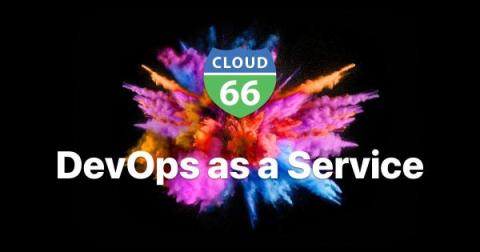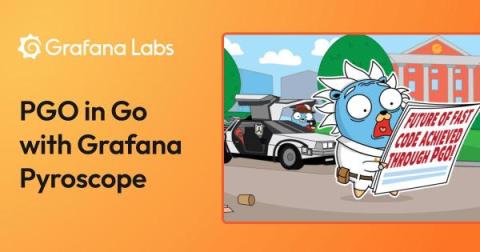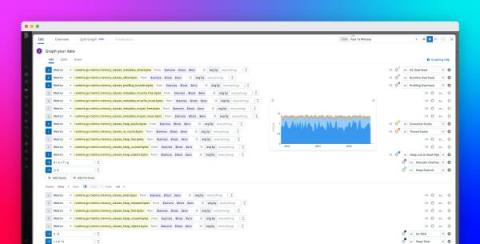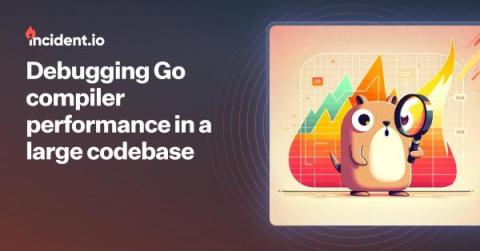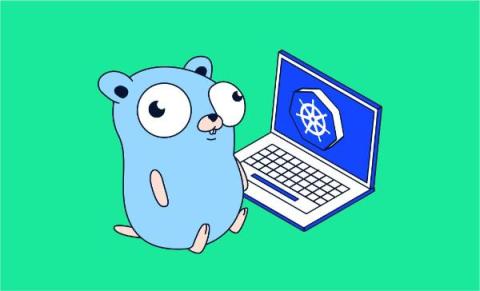Operations | Monitoring | ITSM | DevOps | Cloud
Go
How to use PGO and Grafana Pyroscope to optimize Go applications
Patching Go's leaky HTTP clients
Go memory metrics demystified
Debugging Go compiler performance in a large codebase
As we’ve talked about before, our app is a monolith: all our backend code lives together and gets compiled into a single binary. One of the reasons I prefer monolithic architectures is that they make it much easier to focus on shipping features without having to spend much time thinking about where code should live and how to get all the data you need together quickly. However, I’m not going to claim there aren’t disadvantages too. One of those is compile times.
Context deadline exceeded - What to do?
Deploying a Golang Microservice to Kubernetes
With the rise of cloud computing, containerization, and microservices architecture, developers are adopting new approaches to building and deploying applications that are more scalable and resilient. Microservices architecture, in particular, has gained significant popularity due to its ability to break down monolithic applications into smaller, independent services.
How To Instrument Golang app using OpenTelemetry - Tutorial & Best Practices
Unlocking Open Telemetry for Golang
Open Telemetry (OTel) is an open source observability framework that has garnered significant attention for its powerful capabilities in monitoring metrics, logs and traces.. It is second only to Kubernetes in the CNCF velocity chart with contributions being made from major players in the cloud industry, and has a growing community helping build out a thriving ecosystem.


